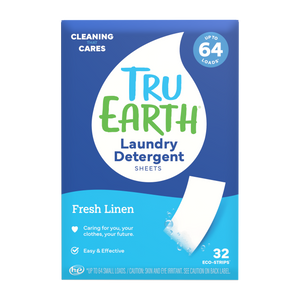Dusting furniture is a household chore that everyone is familiar with. We've all spent countless hours wiping, polishing, and sprucing up our cherished belongings.
But have you ever wondered if all this dusting is beneficial or potentially harmful to your furniture? In this article, we'll explore both sides of the debate and help you understand the best practices for maintaining your furniture in top-notch condition.

The Benefits of Regular Dusting
1. Dust Removal
One of the primary reasons for regular dusting is to remove the layer of dust and debris that accumulates on your furniture. Dust comprises tiny particles such as dirt, pollen, skin cells, and insect waste.
By removing this layer of dust, you not only keep your furniture looking cleaner but also eliminate these unwanted particles.
2. Improved Air Quality
Dusting doesn't just benefit your furniture; it also contributes to improved indoor air quality. When you dust, you prevent the circulation of airborne particles that can affect your respiratory health. This is especially crucial for individuals with allergies, asthma, or other respiratory conditions.
3. Protection Against Scratches
Dust particles are abrasive. Over time, they can settle on surfaces and create tiny scratches as people or objects move across them. Regular dusting helps prevent these scratches, keeping your furniture looking new for longer.
4. Preservation of Wood Finishes
For wooden furniture, in particular, dust can be detrimental to the finish. When dust accumulates and combines with moisture, it can damage the wood's finish over time. Regular dusting can help preserve and extend the life of the finish on your wooden furniture.
5. Prevention of Stains
Dust, when mixed with moisture or spills, can form unsightly stains on your furniture. By keeping your furniture free of dust, you're taking preventive measures to avoid colors that might be challenging to remove.
The Potential Harm of Dusting
1. Wrong Cleaning Products
One of the risks of dusting is using the wrong cleaning products. Harsh or abrasive cleaners can damage your furniture's finish, especially for delicate or antique pieces. Always use appropriate cleaning products and techniques for different furniture materials.
2. Incorrect Technique
Ineffective dusting techniques can push dust around rather than remove it. For example, dry dusting with a feather duster may make you feel like you're cleaning, but it can merely stir up dust particles that settle elsewhere. A microfiber or damp cloth is often more effective at capturing and removing dust.
3. Over-Cleaning
Believe it or not, over-cleaning your furniture can be harmful. Excessive dusting, especially with abrasive materials, can wear down the finish on your table and lead to scratches or damage. Furniture doesn't need to be dusted daily, and the frequency of cleaning should depend on factors like your location and household conditions.
Best Practices for Effective and Safe Dusting
1. Choose the Right Tools
Selecting the right tools for dusting is crucial. A microfiber cloth or a damp cloth is often more effective than feather dusters or dry rags. Microfiber cloths are designed to trap and hold dust particles without scratching surfaces.
2. Use Furniture-Friendly Cleaners
Always use cleaning products that are safe for your furniture type. For example, wooden furniture may require specific wood-friendly cleaners, while glass surfaces might need glass cleaners. Read labels and follow manufacturer recommendations.
3. Dust Regularly but Not Excessively
As mentioned earlier, over-dusting can be harmful. Aim for a regular but not excessive cleaning schedule. In most households, weekly or bi-weekly dusting should suffice but adjust based on specific needs.
4. Top to Bottom
When dusting a room, start from the highest surfaces and work your way down. This prevents you from re-dusting lower surfaces if dust falls from higher ones.
5. Be Gentle
Dust gently, and avoid applying excessive pressure. Pressing too hard while dusting can scratch or damage surfaces, mainly wood, glass, or sensitive materials.
6. Ventilate
If you're using cleaning products, ensure the area is well-ventilated to prevent inhaling fumes. This is especially important for individuals with respiratory conditions.
7. Consider Professional Cleaning
For antique or valuable furniture, it might be worth considering professional cleaning services. Experts have the knowledge and experience to clean and maintain these unique pieces safely.
In the debate on whether dusting is beneficial or harmful to your furniture, the answer lies in finding the right balance. Regular, gentle, and proper dusting is helpful and promotes a cleaner, healthier living environment while preserving your furniture's condition.
However, incorrect cleaning methods and overzealous dusting can indeed lead to harm. The key is to adopt best practices in your cleaning routine, which will help maintain your furniture's beauty and longevity for years.

To Dust or Not To Dust?
In the end, a balanced approach to dusting is critical. When you strike that balance, you not only maintain the cleanliness and beauty of your furniture but also promote a healthier living environment, making dusting a worthwhile part of your cleaning routine.

